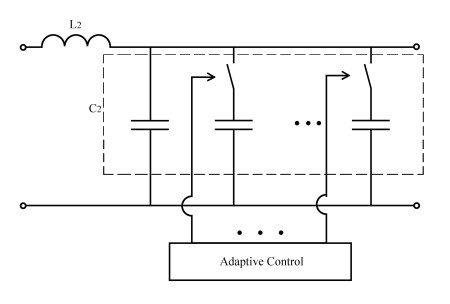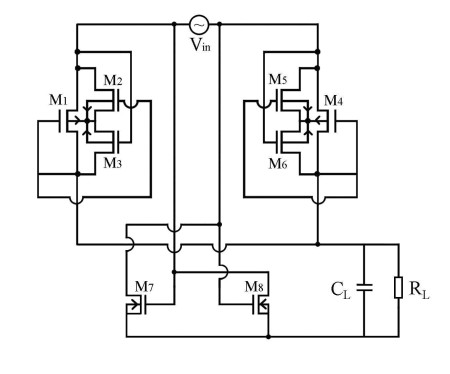High efficiency telemetric link for real-time power management of implanted system
Recent researches have demonstrated the promise of developing implantable prosthetic devices to restore lost motor and sensory functions using neural stimulating method. In such an application, inductive links (Fig. 1) are commonly used for remote powering of the embedded system, because this method does not require any transcutaneous wires, which may cause infections, or any implanted batteries, which need to be replaced at the end of their lifetime. However, a major problem in this configuration is the link coupling coefficient k, which is typically a low and time variant value.

The aim of this project is to develop a high efficiency, real-time power management system for an epiretinal implant device. The proposed structure (Fig. 2) employs a tunable match cap bank to dynamically adjust the quality factor as well as the resonance frequency of the LC tank. As a result, the received power is immunized from the k variation.

High efficiency, low dropout rectifiers are also critical for a stable device operation with limited input power. In this project, many different rectifier topologies are researched and compared. As an example, Fig.3 shows a schematic of a full wave rectifier which is consisted of two PMOS diodes and two NMOS switches.

